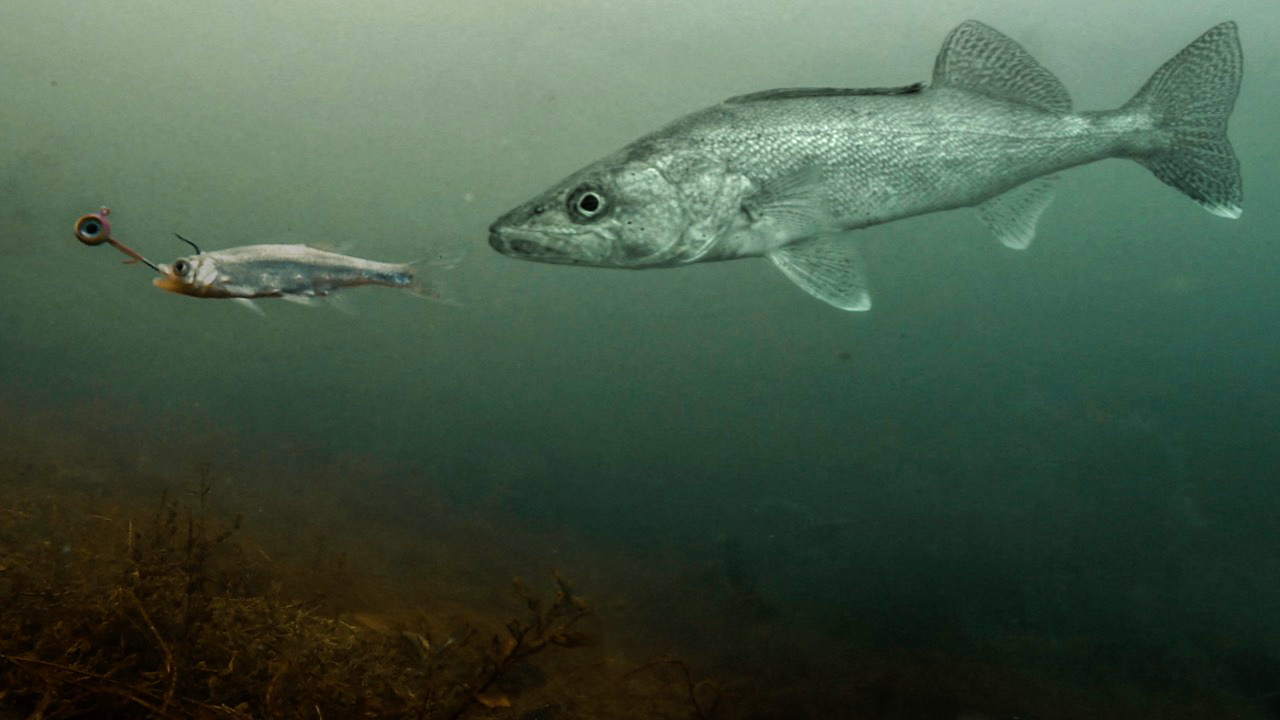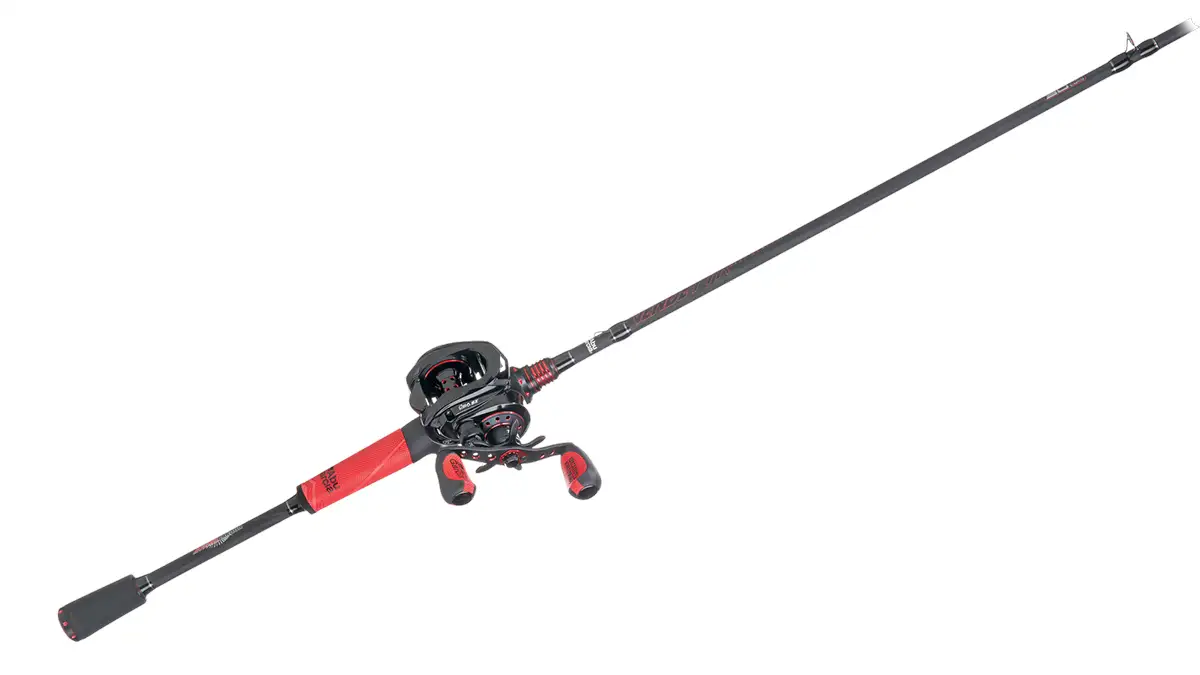New rubber on the truck has left Wired2fish’s McKeon Roberts strapped for cash, so he resolves to catch some fall walleyes to cut back on the grocery bill. Roberts provides a thorough lesson on finding and catching fall walleyes using the classic jig and minnow presentation.
As our resident kayak fishing enthusiast, Roberts recently invested in his first boat — a modest yet capable 16-footer equipped with an excellent electronics package. Taking his knowledge of fish location, he shows how to find active schools of fish using his fish finders.
Once located, he discusses jig and minnow presentation nuance such as jig weight, jigging tactics based on water temperature and fish activity level, and his go-to rod setup for detecting bites driving hooks home. *Additional product links toward the bottom.
TACKLE USED
- JIG – VMC Neon Mooneye Jig, Purpledescent, 1/8-ounce
- ROD – St. Croix Legend Elite Spinning, 7′ Light
- REEL – Daiwa Legalis 1000 Spinning Reel
- LINE – Sufix 131 G-Core Braided Line, 8-pound
- LINE – Sufix Advance Fluorocarbon, 6-pound
- NET – Frabill Conservation PLD
Primary takeaways for finding and catching fall walleyes using a jig and minnow:
- Start by heading to the windblown side of the lake. Don’t have a fish finder? No problem. Wind riles up the water on the windward side of water bodies — this, in turn, activates the base of the food chain (plankton). Baitfish and predator fish close in for feeding opportunities. Roberts focuses his efforts around the windblown side of the lake and targets drop-offs around main lake points, flats, and inside corners.
- Scan key structural elements to locate baitfish concentrations and schools of walleyes. Roberts relies on a combination of side imaging, conventional 2D sonar, and down imaging to find bait, and the walleyes are usually there too.
- Cast a jig and minnow to the fish. While fast-moving gliding jigs like Jigging Raps are all the rage in warm water, water temps in the 50s are ripe for a jig and minnow. Roberts prefers using the lightest jig the conditions allow for, with a 1/8th-ounce being darn near perfect. Size up to a 1/4- or 3/8th-ounce based on the wind and depth. In shallow water, a slow fall rate is the most natural and appealing way to present the combo to visually discerning walleyes.
- Start by using a rip-jigging cadence. Roberts walks us through his system for snapping slack line, which is a proven trigger. The key is to use “soft hands,” that is, lightly grip the rod and swiftly pull up against the slack line to flush the jig/minnow. Let it fall during the pause. Walleye often eat on the fall, so the light grip helps you detect the take without the walleye feeling you. They’ll hold on to the minnow so let ’em chew a little, then reel down and set the hook!
- Use a light spinning setup—no need for the heavy hitters here. Roberts opts for a light-power, fast action spinning rod spooled up with a small diameter braid to a light fluorocarbon leader. The no-stretch braid provides instant feedback on the jig, and the fluorocarbon provides the stealth.
BOAT SETUP
- BOAT – Lund 1650 Rebel XL, Gunmetal
- MOTOR – Mercury 60hp FourStroke Command Thrust Tiller
- ELECTRONICS – Humminbird HELIX 10 MEGA SI+ GPS G4N
- GRAPH MOUNTS – T-H Marine KVD Kong Electronics Mount
- TROLLING MOTOR (TRANSOM) – Minn Kota Traxxis, 80lb, 24v
- TROLLING MOTOR (BOW) – Minn Kota Ultrex MEGA SI, 80lb, 24v
- SHALLOW WATER ANCHOR – Minn Kota Talon, 8′
CLOTHING
- JACKET – Grundéns Gambler Gore-Tex, Charcoal
- BOOTS – Grundéns Deck-Boss Ankle Boot, Black
- BIBS – Grundéns Gambler Gore-Tex, Anchor
- SUNGLASSES – Costa Del Mar Fantail Pro
- WATCH – Garmin Instinct Solar, Graphite












